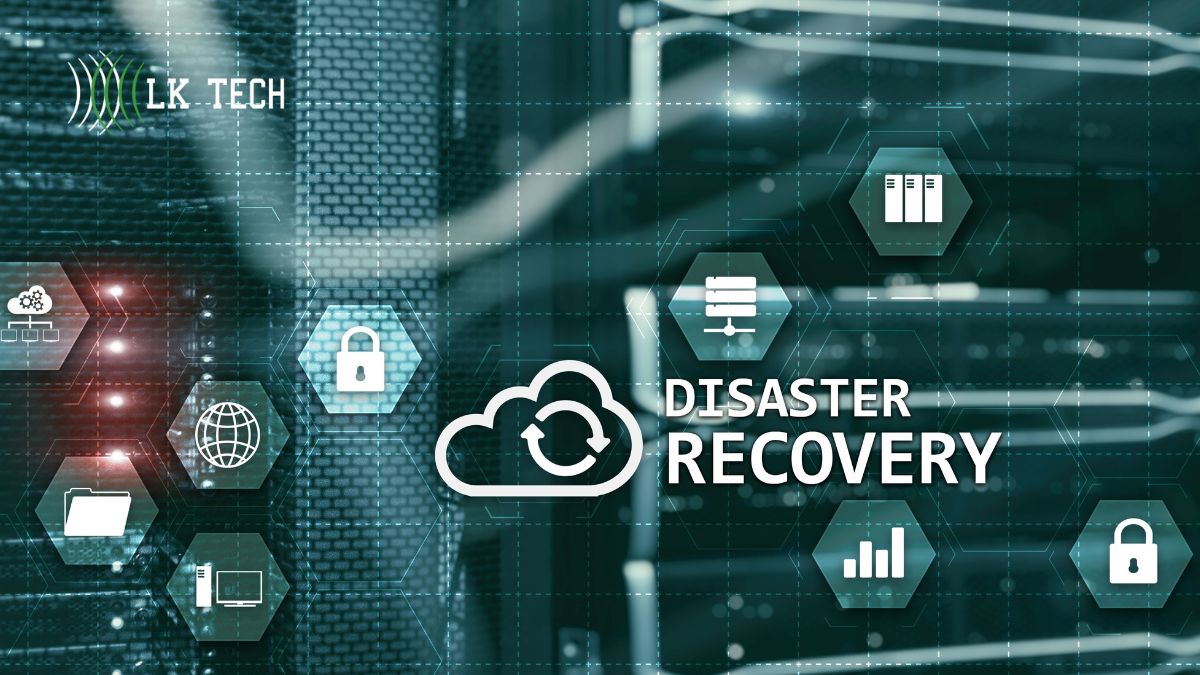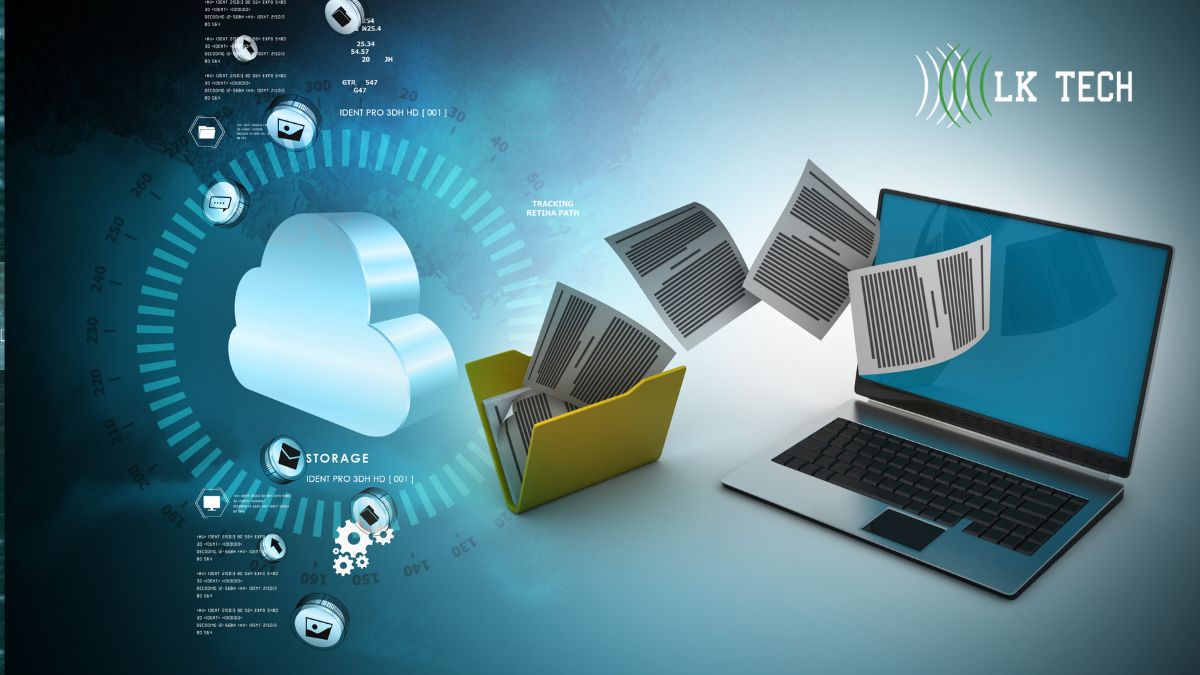A reliable data backup strategy protects against ransomware, supports the 3-2-1 rule to prevent failures, defines RPO and RTO for business recovery, aligns with NIST and CISA cybersecurity standards, and enables clean restores through isolated environments and runbooks to cut downtime.
Losing access to business files can feel like everything comes to a standstill. A single incident, whether caused by ransomware, hardware failure, or human error, can wipe out years of work in seconds.
Up next, you’ll see how backup-first planning supports security standards, prepares for real threats, and ensures recovery plans hold up when tested.

1. Backups Stop Ransomware From Stopping You
Ransomware keeps making headlines, but the real problem is how it locks you out of your own files. A strong data backup strategy is often the difference between paying a ransom and getting back online quickly.
You might notice how recovery rates change year to year. A recent study showed just 54% of victims restored from backups, while 49% ended up paying to regain access. That gap highlights why smart preparation is part of any cybersecurity plan.
Keep One Copy Offline
Attackers hunt for backups they can reach. If everything is connected, it can all be encrypted or deleted. That’s why one offline or logically air-gapped copy breaks their playbook. An offline copy survives when online versions don’t, giving you leverage during ransomware recovery.
Keep offline backups safe by:
- Isolating media from networks
- Restricting access to only a few trusted people
- Rotating sets so you always have a recent clean version
- Testing restores to confirm files are intact
You’ll want to test regularly so you know the clean copy actually works.
Run Ransomware Recovery Drills
Paper plans sound good, but practice shows what really works. The National Institute of Standards and Technology (NIST) recommends recovery drills that mimic real attacks, from restoring golden images to checking dependencies.
Here’s a tip: don’t stop at IT sign-off. Add user acceptance steps so the business confirms systems are “good enough” to resume.
2. 3-2-1 Backup Removes Single Points Of Failure
You know how one small outage can bring everything down? That’s why the 3-2-1 approach is still the gold standard for data backup.
Use Offsite Storage As The Safety Net
Local incidents like fires, floods, or power failures wipe out on-site systems and their backups. Keeping one copy in offsite storage adds the distance needed to survive those events.
The 3-2-1 model is simple: three copies of data, stored on two types of media, with at least one copy offsite. Security agencies worldwide recommend it because isolation keeps backup sets safe from day-to-day risks.
Schedule Automated Backups And Verify Success
Automated backups cut down on human error, but verification proves the data is usable. Keep it reliable by:
- Automating jobs for databases, VMs, and SaaS
- Reviewing logs and alerts daily
- Running periodic test restores
- Checking data integrity, not just job completion

3. Data Backup Sets RPO And RTO For The Business
While data backup is about safety, it also defines how fast and how much you can recover. Two measures are crucial here: Recovery Point Objective (RPO) and Recovery Time Objective (RTO), which both guide your planning in cybersecurity.
Match RPO To Data Change Rates
RPO is the point in time you’ll restore to after an incident. The faster your data changes, the shorter the RPO you need:
- Transactional databases: snapshots every 15 minutes
- File shares: hourly incrementals
- Archival stores: daily jobs
Tight RPOs need more bandwidth and storage. Application-aware snapshots or journaling help capture rapid changes without full backups.
Stage File Restoration For Critical Apps First
RTO sets how quickly systems return to service. During an outage, file restoration should start with tier-one apps. Keep a ready list of priority datasets for each app. That way, recovery teams restore what’s most important instead of wasting time on every archive.
4. Cybersecurity Standards Back The Backup-First Move
Standards make it easier to prove that backups are more than a checklist item. They connect routine processes with measurable results in cybersecurity and guide how organizations prepare for incidents.
Follow NIST And CISA Backup Baselines
Frameworks set the rules, but they also give you clear steps to follow:
- NIST CSF 2.0: codifies backups under PR.DS-11 with emphasis on protection, maintenance, and testing
- NIST SP 800-53 CP-9/CP-10: covers backup integrity, secure storage media, and alternate-site recovery
- CISA Performance Goals: maps these controls to practical outcomes for organizations of any size
Use Threat Reports To Prioritize Restore Readiness
Threat reports highlight where attackers strike first. Examples that shape ransomware recovery include:
- Verizon 2025 DBIR: most System Intrusion breaches tied to ransomware and extortion
- IBM 2024 X-Force Index: ranks ransomware among the top attack types seen in response work
These trends show why clean restores and fast rollbacks are important. If attackers target hypervisors or backups, add immutability and offsite storage at those layers before others.

5. Clean Restores Shorten Incidents And Downtime
When an attack strikes, recovery speed depends on preparation. A solid data backup plan is only as good as the process you use to restore it.
Restore To An Isolated Environment First
Restoring straight into production risks putting infected files back online. CISA recommends bringing systems up in a separate environment, scanning them, and validating integrity before reconnecting. An isolated lab or recovery segment lets you spot tampering and confirm behavior safely.
Keep Runbooks Ready For Rapid Rollback
Clear instructions save time when stress is high. Well-built runbooks simplify file restoration and guide teams step by step.
Recent studies show more organizations recover within a week when runbooks and automated backups are tested in advance. Keeping them accessible, even if identity systems are down, ensures responders don’t lose precious time.
Frequently Asked Questions
How do I backup all my data?
Backup all data by inventorying endpoints, servers, SaaS, and cloud workloads. Apply the 3-2-1 rule, automate jobs, secure repositories with MFA, and test restores. Follow NIST CSF 2.0 to create, protect, maintain, and test backups, and CISA guidance to keep one offline copy and validate recovery.
What is an example of a data backup?
An example of a data backup is a nightly incremental with a weekly full for a file server, keeping one copy local and one offsite. An immutable copy adds ransomware protection. Databases use snapshots with log backups, while SaaS data requires exports you control. The key is isolation, versioning, and verified restores.
How long should a 500 GB backup take?
A 500 GB backup over 100 Mbps takes about 11–12 hours, over 1 Gbps about 1–1.2 hours, and to USB 3.0 disks about 42–85 minutes at 100–200 MB/s. Actual time varies with compression, deduplication, file sizes, and contention, so measure real throughput instead of relying on rated speeds.
LK Tech: Protecting Your Business From Data Loss
A reliable backup-first approach reduces downtime, prevents ransomware from holding systems hostage, and keeps recovery goals realistic. By combining proven strategies with tools like offline copies, clear runbooks, and verification drills, businesses build resilience against unexpected disruptions.
Trusted data backup services in Cincinnati help organizations stay prepared when every minute counts. At LK Tech, we focus on solutions that keep your data secure and accessible when you need it most. Contact us today to see how we can support your business continuity and protection.


